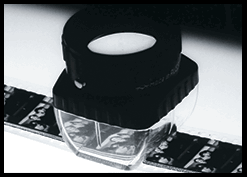In the late 1960s, when Sonbert began to take his Bolex camera with him on travels, his cinematic strategy changes and he begins to weave his travel images together with sequences of previous films. It’s a period during which his work shows the filmmaker’s capacity to turn his first experiences into more accomplished works, using his characteristic ‘polyvalent cutting’, a technique where each sequence ‘can be combined with ambient sequences with, potentially, many dimensions.’ Sonbert drew on his early experiences on camera movement, light and design to create brilliantly cut masterpieces that not only zoom in on his New York environment but also, more generally, on the sphere of human activity. These are films in which he comments on art and industry, news reporting and its effects on our lives, or the interaction between artistic disciplines. His last works culminate in symphonic (silent or sound) arrangements that unite the universal gestures of Men into unique combinations. Over the course of his career, Sonbert made 18 films. Before his death in 1995, he worked on WHIPLASH. This last film was completed by filmmaker Jeff Scher, following Sonberts precise instructions."














